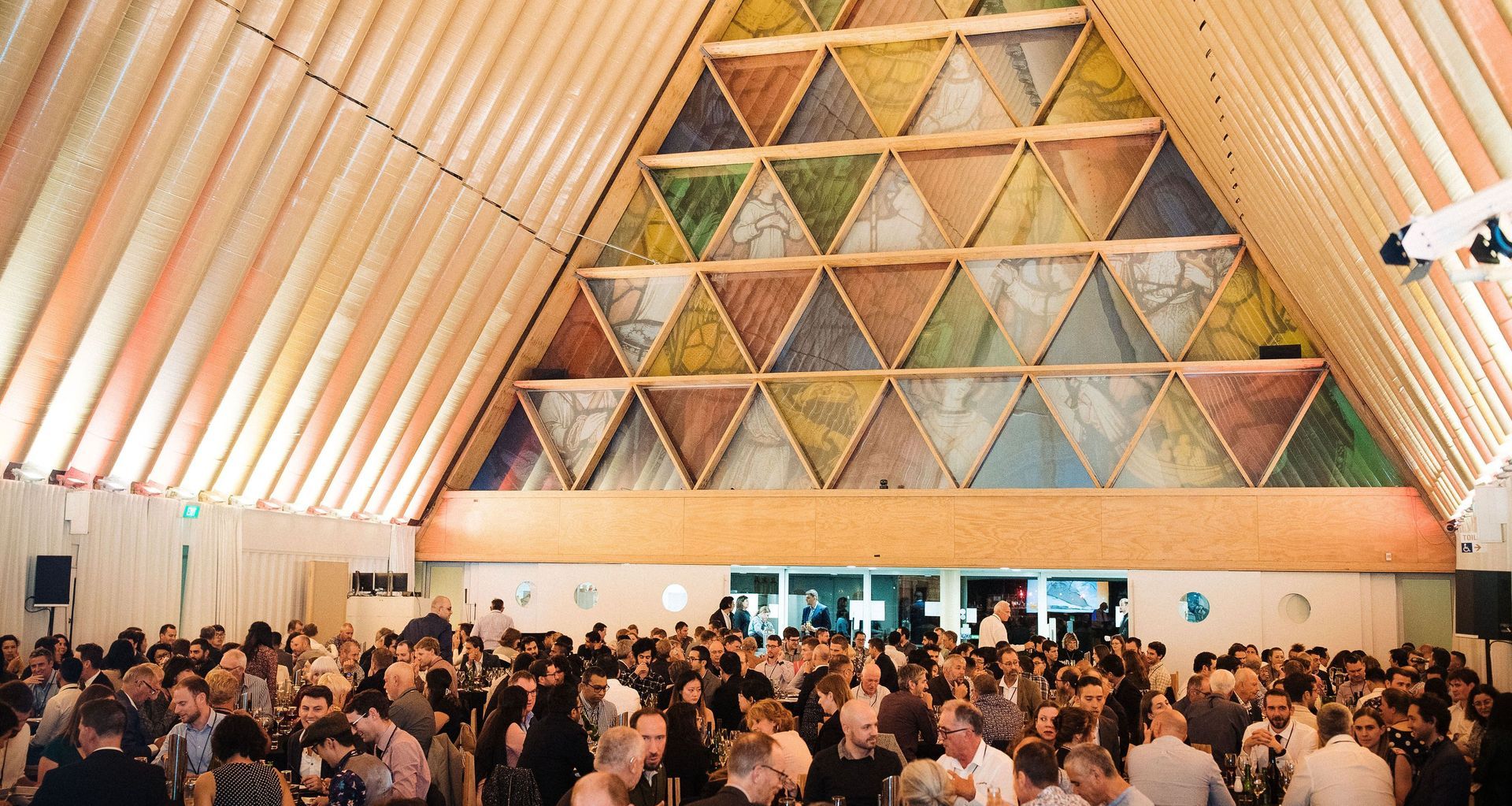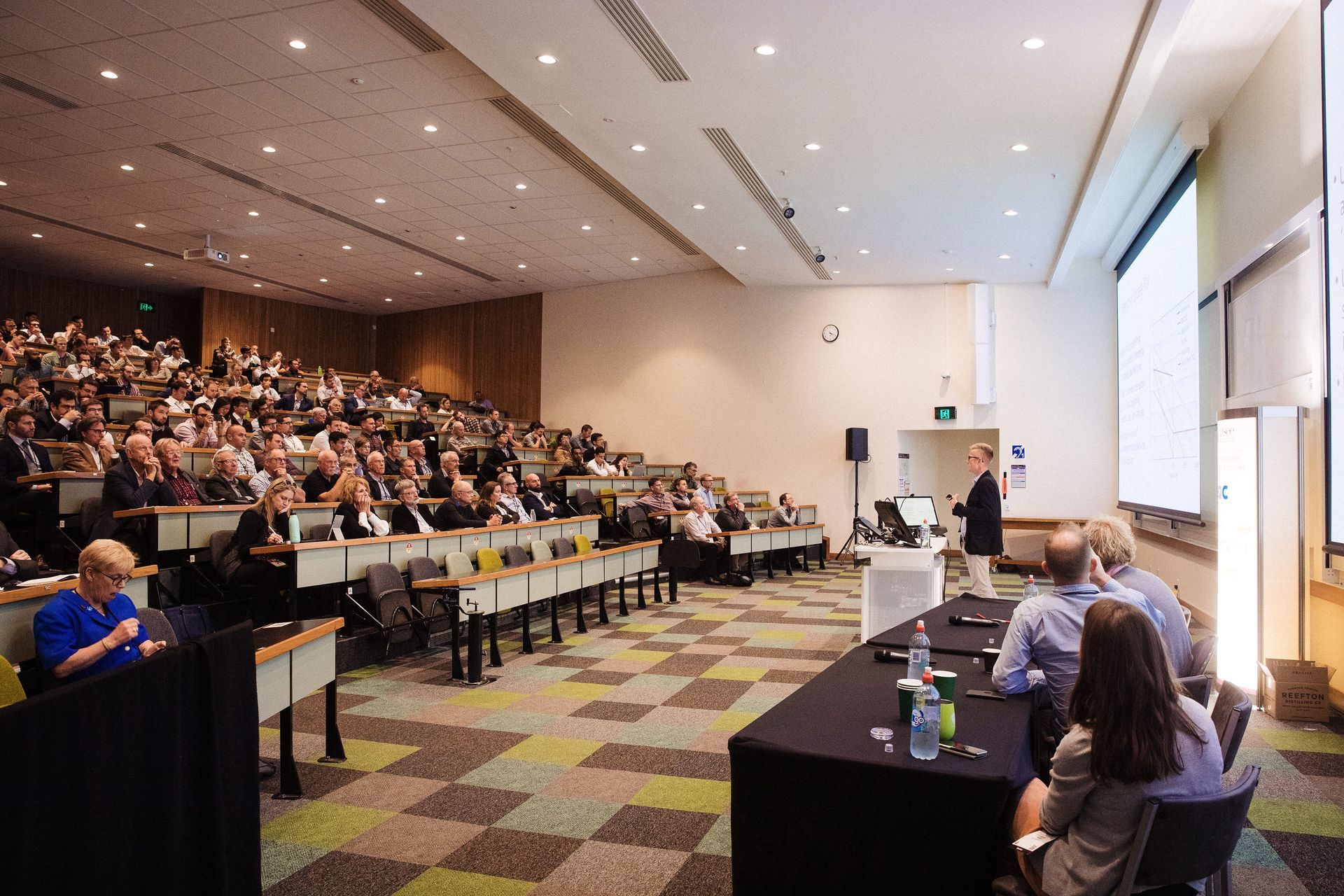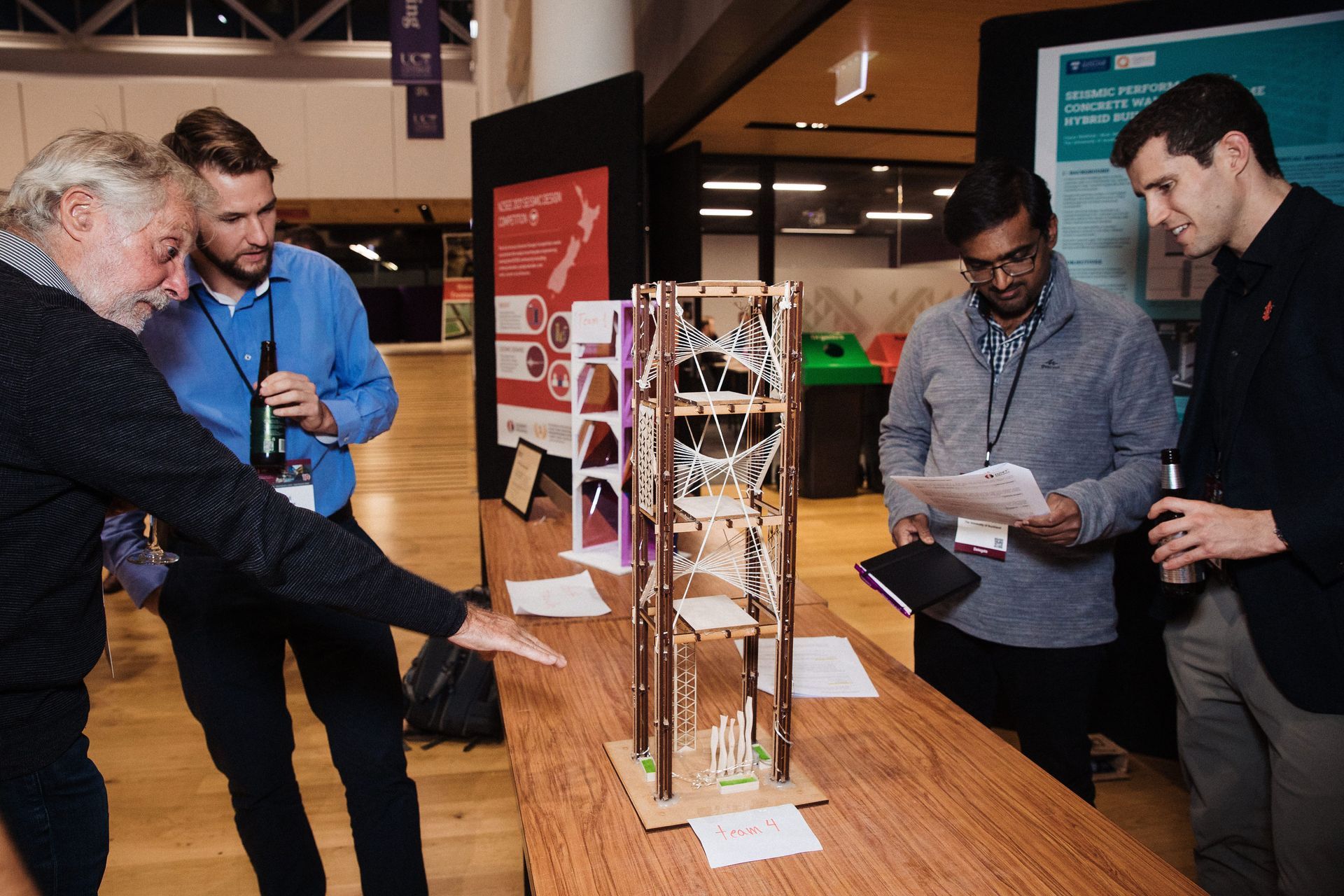A seismic change: from ‘crash helmet’ to low-damage design
Written by
20 April 2021
•
4 min read

Since the devastating Christchurch earthquakes ten years ago, a huge amount of research and innovation has taken place in the area of seismic engineering. Advances in thinking and technology are revolutionising the way we design commercial buildings.
Last week seismic engineers and architects from around the country met at the NZSEE national conference in Wellington to discuss these changes and the future of seismic engineering.There were three key areas of change highlighted.

Low damage design
The most significant change shared at the conference was that architects and engineers are no longer looking at buildings as if they were a “crash helmet” to be discarded after a seismic event, says NZ Society for Earthquake Engineering NZIA rep Bruce Curtain.
“There’s a shift in the industry to go beyond Building Code minimum and actually start to think about the performance of buildings post-event; how we don’t just treat them as a crash helmet that survives the earthquake and looks after the people inside, but that you throw away afterwards.”
Bruce is an architect at WSP and is working alongside the Ministry of Building, Innovation and Employment (MBIE) to develop “low damage” guidelines for a new approach to the seismic engineering of commercial buildings.
The guidelines, which are due to be published later this year, signal a change in mentality towards the lifespan of buildings and will create clarity for building owners, tenants, builders, insurers, and design consultants.
“We’ve shifted to a much more sustainable view - better carbon outcomes and more resilience. We’re starting to treat buildings in a different way. As an architect, that means I have to re-think the interaction of all of the building elements, right from the initial concept and form of the building.”

A new collaborative approach
To fully integrate the different elements that make up a high-performance and seismically sound building, professionals are moving away from working independently, and instead are collaborating to ensure all elements work together, including the structure, facade, weathertightness envelope, internal partitions, fire-rated compartmentation, and services.
“You can’t be siloed when you’re thinking about a low damage design building. Seismic engineering isn’t just for seismic engineers and building resilience requires everybody in the project to work in a much more integrated and collaborative way.”
Bruce says the new holistic approach to seismic performance means conversations are also being had with clients around the longevity of their building’s design.
“Building to code minimum probably doesn’t give you the outcome you’re expecting. I've seen a lot more conversations happening in that space, and happening with all members of the design team.”

The future of seismic engineering
At the conference, there was a lot of reflection on Christchurch as a case study for just how big an impact a seismic event can have on a city.
“We are now 10 years along and there are still a lot of gaps. Piecing it together, we can see how long that takes. We need to have more informed decisions, and as a society ask, ‘What kinds of risks do we want to take, and what do we want out of our buildings and our cities, and how do we support our communities?’”
The recently completed Emergency Operation Centre in Palmerston North is an exemplar for the new “low damage” approach to design.
It won a Seismic Resilience Award this year for a design that will remain intact and operable (with the electricity still functioning) after a serious seismic event.
Bruce hopes to see building resilience continue to improve in line with projects such as this.
“We spend a lot of money and time on buildings and they should have a long lifespan, so they need to be able to cope with all the uncertainty and changes.The idea of building resilience is a physical thing, but it’s also a community thing. Joining those two up is what I’d like to see in the next 10 years.”